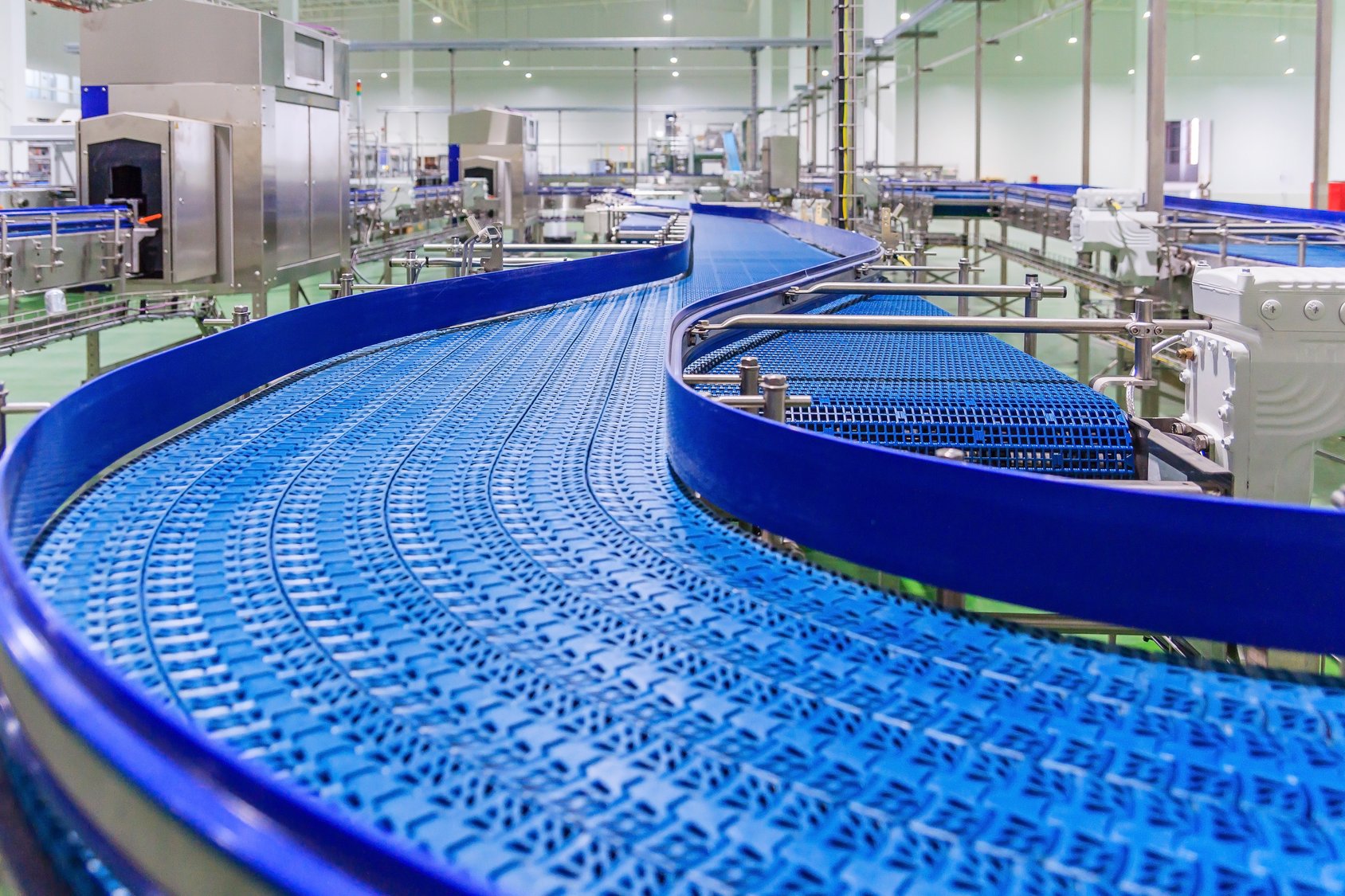Could your ERP (and you) be performing better?
Companies put a lot of time, effort, and money into evaluating, purchasing, implementing, and maintaining ERP systems. They are worth the effort, but if managed incorrectly, you can slip backward and revert to being the company you set out to correct when you initially purchased your ERP.
What are the signs?
I talk to companies every week that are considering manufacturing ERP software. There are a variety of reasons that lead us to one another, but the most common issue is that a team has reached a point of frustration and is convinced that there has to be a better way. People don’t wake up one morning and say, “Today, I will begin evaluating ERP solutions.” This realization typically happens after trying lots of different methods to solve issues with existing tools. Those issues are typically indicators that an existing ERP is failing. Here are some examples of “failure indicators” that I’ve heard in my conversations:
You don’t trust the information in your ERP
This is probably the most common symptom of a failing ERP: Companies have some sort of solution in place, but for a variety of reasons, the information is no longer reliable. The degradation of the data integrity can come from corruption in the database—for example, using fields for information other than their intended use—or feeding the ERP information manually, which is ripe for data-entry errors. If you cannot trust the system of record for your company, it becomes pretty easy to marginalize its use, which means it is failing to meet your needs.
Your employees don’t know how to use the ERP
There is no shortage of turnover in companies, which causes all sorts of issues. In regards to the manufacturing ERP software, the issue is that companies usually do not have solid documentation of business process procedures, training materials, or onboarding procedures that can be utilized for a new hire.
Related: The Benefits of Documenting Your ERP System Procedures
Typically, an employee is trained by the person they’re replacing as that person walks out the door (if at all). So, the new hire has barely any knowledge of how the system works, yet is expected to get the job done (e.g. figure out what to buy and when to buy it). Often, it is more efficient for a new hire to use tools they are familiar with (like Excel), rather than an ERP tool they have little to no training on. This creates a silo of information and it will be fed new information, manipulated, and updated for the rest of its life. If you extrapolate this over a few new hires and several years, then the next symptom becomes pretty obvious…
You have a lot of information silos outside the ERP
Someone once told me the ERP software with the most installs worldwide was Microsoft Excel. This is funny, but there is a fair amount of truth in it. I talk to companies all the time that want to get rid of the spreadsheets. Spreadsheets in and of themselves are not bad, as long as they are being used properly. Spreadsheets that are used as a duplication of ERP functionality, or as an entire ERP solution, are typically being manually updated and aren’t real time. Plus, multiple people within one company have similar spreadsheets, leading to questions about who has the correct version of the truth. All these things add up to huge inefficiencies in a company.
The ERP is not designed for your type of company
This comes up more than you would think. A company evolves over time to become something different than what it originally was. For example, a company starts out distributing product, so they implement a distribution ERP. Then, the company begins doing light assembly, which turns into heavier manufacturing. They need work orders to manage the jobs, and the distribution ERP is none the wiser. This inevitably leads to the issues laid out above.
Related: Post ERP Implementation: How to Keep It Running Well
You are no longer paying maintenance
People “vote with their wallet,” and if you are no longer paying maintenance on your manufacturing ERP software, that likely means you no longer view it as a worthwhile investment or feel it does not provide appropriate value based on what you are paying. This makes sense in some cases, but once you stop paying maintenance, you are on a runway that will eventually end. Other supporting technologies will continue on, and your ERP will be stuck in time. You will be able to operate this way for a while, but not forever!
Related: ERP Maintenance: How To Best Use Your ERP After Implementation
Your employees are complaining, or leaving
A typical employee at a typical company wants to do their job, and do it well. Everyone understands that there are challenges at work, but when an employee is not given the proper tools to do their job correctly, they feel like they are set up to fail. If you are hearing lots of complaints—or worse yet, people are leaving—this is definitely a sign of ERP failure. This is especially true if an employee comes from a company that has a properly implemented ERP with the tools people need to do their jobs effectively. If an employee is used to relying on manufacturing ERP software, it is difficult to take a step backward.
We can help
Is your company showing any of these signs of failure? Or, are you considering investing or changing your ERP? Either way, take a look at the Visual South; we have lots of information to help. If you’re searching for an ERP solution, I suggest downloading our ebook called How to Select ERP and Not Regret It. Or, if you’d prefer to have a common sense conversation with someone who is not a salesperson, click here to schedule a free consultation with our president, Jack Shannon.









